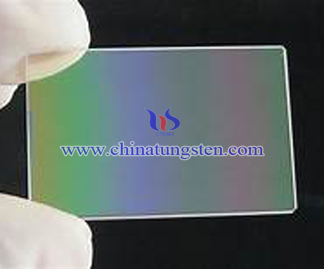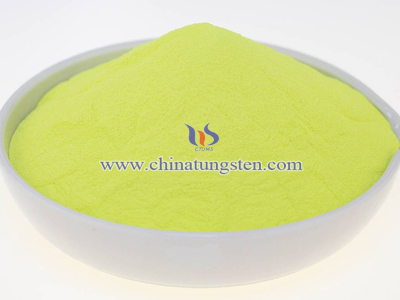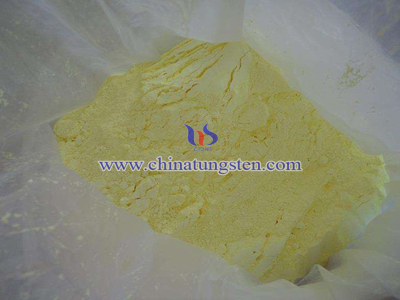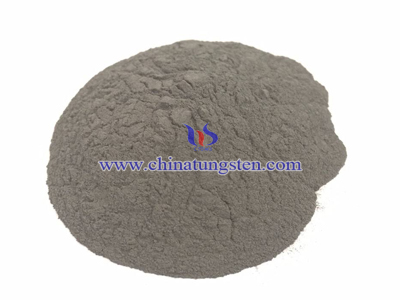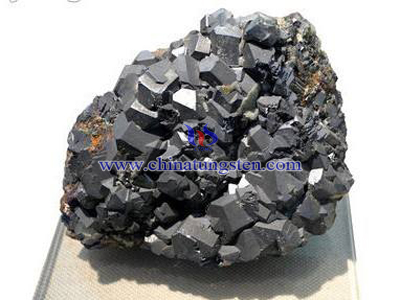Tungsten Oxide Thin Film Research And Development
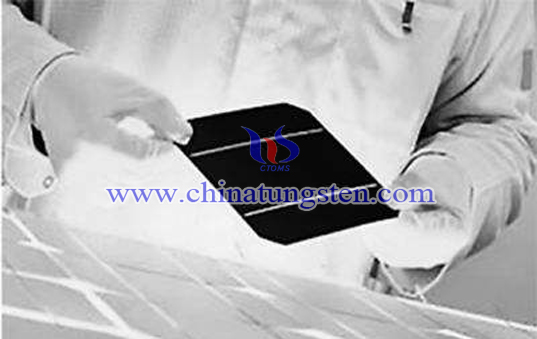
Tungsten oxide thin film is an important functional thin film material, it has a wide application prospect in commercial, daily life and national defense.
There have been many scientists make a few researches on the study of tungsten oxide thin film, its producing method includes: evaporation method, sputtering method, sol-gel method, electron evaporating method, chemical evaporation deposition method, anodic oxidation process, spray pyrolysis method, molecular beam epitaxy method, electron deposition method, ion deposition method, etc. Most of the methods are complicated and hard to be processed. But the sputtering method and evaporation method are stable, convenient, fast and thin film is uniform. Sol-gel method is easy to produce, producing cost is low, synthesized under low temperature, it has high chemical uniformity(doped-material spread evenly in thin film), shape of material is various. So evaporation method, magnetron sputtering method and sol-gel method are the mostly applied.
Study on tungsten oxide thin film is mainly focus on its electrochromic property, there is seldom research for its gaschromic and photochromic property. Although tungsten oxide thin film is used as gas sensor in the past, it uses the change of resistance to test gas concentration which belongs to semi conductor sensor. It needs the extra voltage to heat and may be disturbed by electromagnetic wave, the structure is complicate, so the application of such gas sensor is quite limited.
When tungsten oxide thin film material get contact with hydrogen, it will discolor under room temperature, it is obvious that the optical property of thin film changes. Hydrogen is a kind of flammable and combustible gas. Usually by testing optical parameter of tungsten oxide thin film we can obtain the hydrogen concentration which would avoid magnetic and other conditions disturb from heating and inflating, which will improve the safety of hydrogen gas sensor.

